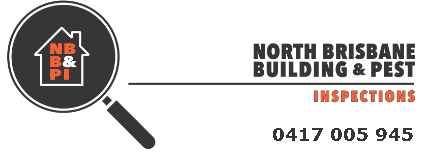Brett is at another pest inspection and on the lookout for Existing Termite Control Methods.
This will allow him to asses whether the previous owner has implemented a serious termite deterrent system. He first checks the meter box. This is where Pest Control Experts keep a log of their regular work. He discovers that this particular house has had a Pest Controller in its recent history. So he goes on the lookout to see how good it is.
Brett soon discovers two systems that surround the house and form a termite barrier. The first system is a set of drill holes 200mm apart into an existing slab. The second is a reticulation system that was added before the slab was laid.
An existing termite protection system with a long history doesn't mean there will not be any termites. It simply means it is less likely.
In his pest inspection report Brett will continue his analysis of this house's existing pest control system and fully document his findings in his pest inspection report.
see transcript
This is just one example of what building inspectors will be looking at when they inspect your house.
Please feel free to add this video to your post or website using this code https://youtu.be/fT-6Kd6-W9Y
Okay so one of the first things we do when we show up on-site: I always like to do the outside first and look for any indicators for damaged tiles or weak points per moisture. Moisture is your biggest problem in houses and causes the most damage.
The other thing we do is check our meter board. Always have a look in here and see if we've got any termite control methods.
We've got a sticker here. It says Bifenthrin and it's a perimeter. It has to be charged up every three to five years, so that gives us an indicator as to yes there has been some termite control done and then we can go through and we can see if it's up to scratch.
Here we have drill holes, little plugs, it's drilled every two to three hundred and it's filled up with a chemical as to the pest controllers preference. So, in this case, it is Bifenthrin.
We're actually quite lucky on this one we've got we've got drill holes in the perimeter here, but when they've done this slab here they've actually taken precautions prior to the slab being laid and put in a reticulation system which is, in my opinion, the best form of perimeter control. So every three to five years we can pull that cap off, the poison goes down in there it runs around the perimeter and there are holes in the plastic tubing that's under the ground and it just releases a nice barrier, an even barrier underneath the concrete slab


